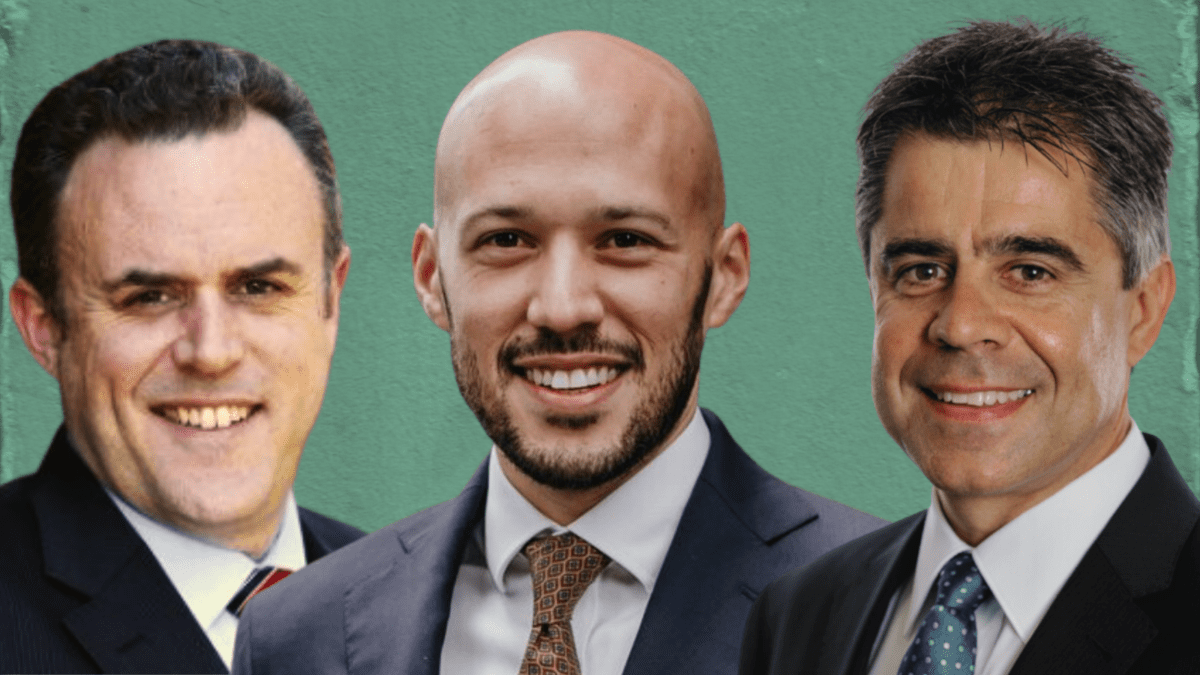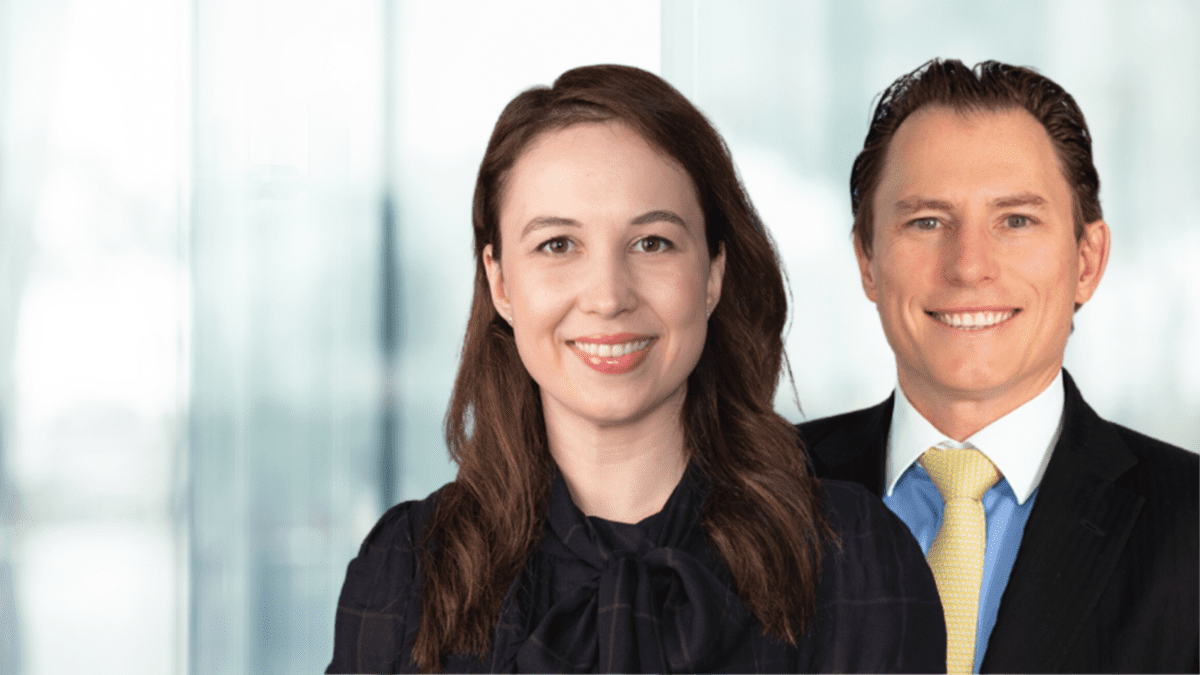Australian asset overweights leave SMSFs low on diversification: Analysts
Self-managed superannuation funds (SMSFs) are overly devoting their portfolios to Australian assets, including a heavy allocation to cash, while investing very little offshore, according to recent data from the Australian Taxation Office and analysts who say better diversification is key to healthy portfolios.
As of March 31, SMSFs had a total of $261 billion – or about 30 per cent of $889.5 billion in total assets – invested in Australian shares, compared with just $16.1 billion invested in offshore shares, amounting to about 2 per cent of total SMSF assets, the ATO reports. Cash and term deposits accounted for 15 per cent of total assets, or $135.1 billion.
Financial advisers are warning SMSFs against investing too much in domestic shares and cash at the expense of international shares. “Australian SMSF investors as a collective have traditionally had a ‘barbell’ approach to investing,” explains Bruce Brammall (pictured, left) of Bruce Brammall Financial.
“They are overweight Australian shares at one end and overweight cash at the other. They tend to be underweight international shares and fixed interest. And it often means they are missing out,” he says.
“By not having some diversification into offshore assets, even a broad-based international shares index fund or exchange-traded fund (ETF), they are missing out on what have, historically, been stronger returns,” Brammall adds, noting that unhedged international shares have returned about 11.3 per cent over the last five years, versus 7.3 per cent for Australian shares.
The average SMSF investor holds $1.77 million in assets, according to the 2023 ASX Australian Investor Study. The median SMSF fund size was $1.04 million compared with $132,000 for non-SMSF investors. Some 11 per cent had an SMSF with more than $5 million.
The study found SMSF investors overwhelmingly favoured Australian shares, with 73 per cent investing in the asset class, compared with 57 per cent of non-SMSF investors. Their other top investments were residential investment property (41 per cent), term deposits (32 per cent) and ETFs (27 per cent).
Boosting diversification
SMSF Association CEO Peter Burgess (pictured, right) says greater diversification can deliver higher returns to SMSFs over time.
“This is particularly the case for SMSFs which hold only one or two different asset classes, as the performance benefits of adding a second, third or fourth asset class are strong, and diversification beyond four asset classes (up to seven) also seemed correlated with improved aggregate SMSF performance, although at reduced marginal rates,” Burgess says.
He adds that ETFs have made it easier and more cost-effective for SMSFs to invest in a geographically diverse range of asset classes.
Many SMSFs invest in ASX-listed ETFs, which often have underlying asset allocation that includes offshore investments; hence, Burgess says, the ATO data may not accurately reflect the asset allocation picture for the SMSF sector. “It’s likely the sector’s exposure to overseas equities is understated in the statistical data.”
Luke Laretive (pictured, centre), chief executive of Seneca Financial Solutions, says a significant portion of his clients have exposure to US-listed companies either directly or via an active or index fund manager.
“However, few have allocated capital to emerging markets or even European equities – two regions where we see significant opportunity currently, given relative valuations,” he says.
Young people drawn to SMSFs
The March quarter ATO data reveal that 87 per cent of SMSF members are 45 years or older. However, almost half of new SMSF funds are being opened by people younger than 45, according to Investment Trends. Its research shows that 46 is the average age of SMSF establishment today, compared with 10 years ago when it was 51 years old.
Recent research from the University of Adelaide found SMSFs with balances as low as $200,000 can achieve net investment returns comparable to larger funds, and research firm Rice Warner has found SMSFs with balances of $200,000 or more can be as cost-effective as large funds regulated by the Australian Prudential Regulatory Authority.
“The view that you need a substantial balance, in excess of $200,000, to justify an SMSF is not supported by contemporary research,” Burgess says.










